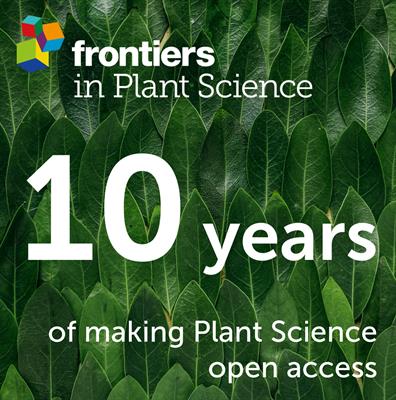在紫苏中发现与亚油酸生成有关的 Δ12 脂肪酸去饱和酶中的关键氨基酸
IF 4.1
2区 生物学
Q1 PLANT SCIENCES
引用次数: 0
摘要
从药用作物紫苏中提取的紫苏油具有广泛的生物活性,在许多国家通常被用作食用油。其形成的分子基础与紫苏及其育种者特别相关。本研究在不同的紫苏栽培品种 PF40 和 PF70 中发现了四个 PfFAD2 基因,它们分别具有不同的含油量。在工程酵母菌株中对它们的功能进行了表征,其中 PfFAD2-1PF40 和 PfFAD2-1PF70 没有 LA 生物合成能力,而高含油量栽培品种中的 PfFAD2-2PF40 比 PfFAD2-2PF70 具有更高的催化活性。通过序列比对、分子对接和定点突变研究,确定了导致 PfFAD2-2PF40 催化活性增强的关键氨基酸残基为残基 R221。此外,通过随机突变分析还发现了影响 PfFAD2 催化活性的另外四个氨基酸残基。这项研究为高含油量紫苏栽培品种的遗传改良和 LA 及其衍生物的生物合成奠定了理论基础。本文章由计算机程序翻译,如有差异,请以英文原文为准。
Crucial amino acids identified in Δ12 fatty acid desaturases related to linoleic acid production in Perilla frutescens
Perilla oil from the medicinal crop Perilla frutescens possess a wide range of biological activities and is generally used as an edible oil in many countries. The molecular basis for its formation is of particular relevance to perilla and its breeders. Here in the present study, four PfFAD2 genes were identified in different perilla cultivars, PF40 and PF70, with distinct oil content levels, respectively. Their function was characterized in engineered yeast strain, and among them, PfFAD2-1PF40 , PfFAD2-1PF70 had no LA biosynthesis ability, while PfFAD2-2PF40 in cultivar with high oil content levels possessed higher catalytic activity than PfFAD2-2PF70 . Key amino acid residues responsible for the enhanced catalytic activity of PfFAD2-2PF40 was identified as residue R221 through sequence alignment, molecular docking, and site-directed mutation studies. Moreover, another four amino acid residues influencing PfFAD2 catalytic activity were discovered through random mutation analysis. This study lays a theoretical foundation for the genetic improvement of high-oil-content perilla cultivars and the biosynthesis of LA and its derivatives.
求助全文
通过发布文献求助,成功后即可免费获取论文全文。
去求助
来源期刊

Frontiers in Plant Science
PLANT SCIENCES-
CiteScore
7.30
自引率
14.30%
发文量
4844
审稿时长
14 weeks
期刊介绍:
In an ever changing world, plant science is of the utmost importance for securing the future well-being of humankind. Plants provide oxygen, food, feed, fibers, and building materials. In addition, they are a diverse source of industrial and pharmaceutical chemicals. Plants are centrally important to the health of ecosystems, and their understanding is critical for learning how to manage and maintain a sustainable biosphere. Plant science is extremely interdisciplinary, reaching from agricultural science to paleobotany, and molecular physiology to ecology. It uses the latest developments in computer science, optics, molecular biology and genomics to address challenges in model systems, agricultural crops, and ecosystems. Plant science research inquires into the form, function, development, diversity, reproduction, evolution and uses of both higher and lower plants and their interactions with other organisms throughout the biosphere. Frontiers in Plant Science welcomes outstanding contributions in any field of plant science from basic to applied research, from organismal to molecular studies, from single plant analysis to studies of populations and whole ecosystems, and from molecular to biophysical to computational approaches.
Frontiers in Plant Science publishes articles on the most outstanding discoveries across a wide research spectrum of Plant Science. The mission of Frontiers in Plant Science is to bring all relevant Plant Science areas together on a single platform.
 求助内容:
求助内容: 应助结果提醒方式:
应助结果提醒方式:


